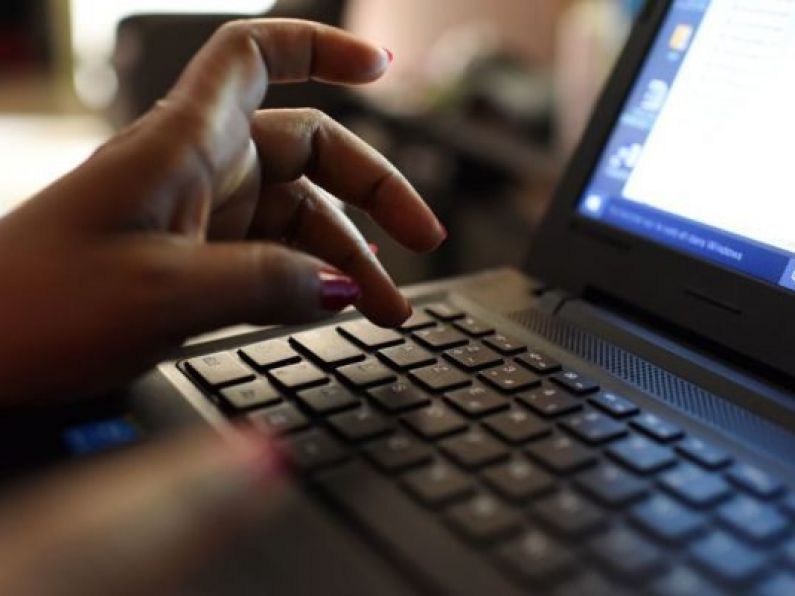New coronavirus contact-tracing recruits were told to bring their own laptop to work because HSE computers are not yet available, it has emerged.
The correspondence asked recruits to “bring your laptop if you have one. You might not need one while shadowing, but will need one for work as we are still awaiting HSE laptops”.
On Tuesday night, a spokeswoman for the HSE denied recruits would be asked to work on their laptops and said they would not be accessing the tracker system.
“A small number of new contact-tracer recruits were asked to bring their own laptops to training in one of our centres,” the spokeswoman said.
“Due to the large number of new recruits, 270 by last Friday, a small number of new laptops are not available yet.
“This cohort of trainee contact tracers will not be accessing the Covid Care Tracker live system until they are in possession of a work laptop. The Covid care tracker is a Microsoft Cloud system on a secure server and cannot be accessed by external devices.
“All new contact tracers will have a work laptop before they are rostered on to begin contact tracing,” the spokeswoman said.
Elsewhere, issues around the country's contact tracing system will be discussed by TDs and Senators on Wednesday.
Almost 2,000 people who got a positive test between October 16th-18th were asked by the HSE to carry out their own tracing as the system had become overwhelmed.
Representatives from the health service will appear before the Oireachtas Health Committee to outline how the situation will be avoided in the future.
Gino Kenny TD acknowledged there were “huge challenges” for the system but said the issue undermines public confidence.
“If individuals have to ask and contact their own close contacts it leaves question marks track-and-trace as an HSE policy at the moment,” he said.
Meanwhile, the chief medical Officer, Dr Tony Holohan, has said the recent dip in Covid-19 figures can't be called a trend yet.
On Tuesday night, 720 new cases and five additional deaths were confirmed by the Department of Health.
The national 14-day incidence rate of the disease fell slightly to 307 cases per 100,000 people.
The case total has stayed below 1,000 for four out of the last five days.






